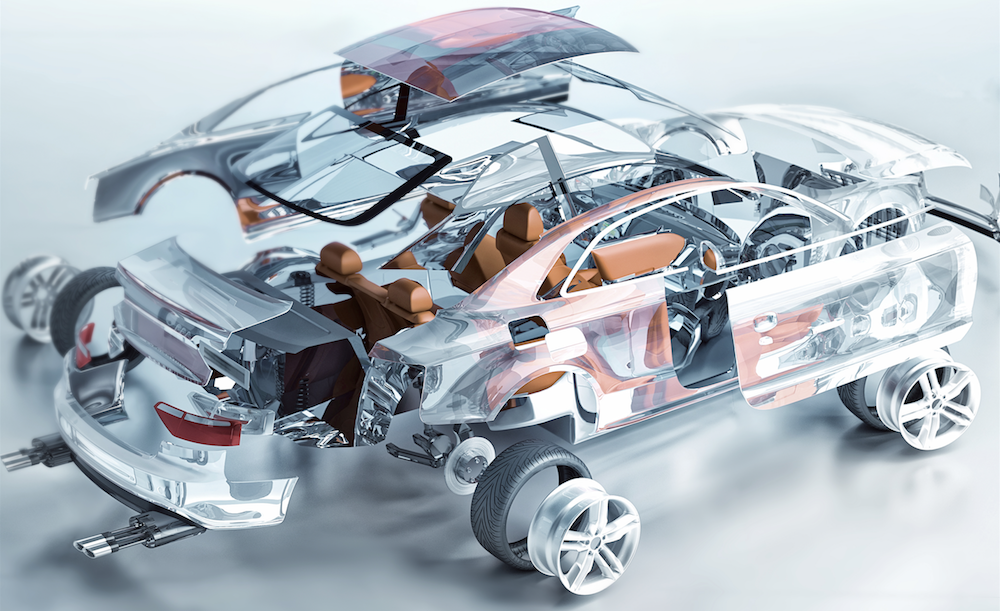1. Electric Vehicles (EVs): The growing popularity of electric cars has significantly contributed to reducing greenhouse gas emissions and air pollution. The advancements in EV technology, expansion of charging infrastructure, and decreasing costs have made EVs more accessible to the masses.
2. Autonomous Vehicles (AVs): Self-driving cars have the potential to revolutionize transportation by reducing congestion, improving safety, and optimizing fuel efficiency. AV technology continues to develop, with companies like Waymo, Tesla, and Uber at the forefront of this innovation.
3. Shared Mobility: The rise of ride-hailing services, car-sharing programs, and bike-sharing schemes has changed the way people move. Shared mobility solutions optimize vehicle usage, reduce traffic, and enhance accessibility.
4. High-Speed Rail: High-speed rail networks have gained popularity as a sustainable alternative to air travel, reducing both emissions and travel times. Countries like China, Japan, France, and Germany have made significant investments in high-speed rail infrastructure.
5. Hyperloop: Hyperloop is a new mode of transportation that uses low-pressure tubes, allowing for incredibly fast travel speeds while being energy-efficient. Companies like Virgin Hyperloop and SpaceX are actively developing this technology, which has the potential to revolutionize long-distance travel.
6. Hydrogen Fuel Cell Vehicles (FCVs): FCVs utilize hydrogen gas to power electric motors, emitting only water vapor. Although FCVs face challenges related to infrastructure, they have the advantage of quick refueling times and longer driving ranges compared to battery-powered EVs.
7. Electric Bicycles: Electric bikes have gained popularity as a sustainable alternative to traditional bicycles, enabling longer commutes and reducing physical exertion. They are being increasingly adopted in urban areas worldwide.
8. Smart Grid and Vehicle-to-Grid (V2G) Technology: The integration of electric vehicles with the power grid allows for bidirectional energy flow. V2G enables EVs to not only draw electricity but also store and discharge it back to the grid during peak demand, thus optimizing energy usage.
9. Biofuels: Sustainable biofuels made from organic feedstocks can significantly reduce carbon emissions in transportation. Advanced biofuels, including cellulosic ethanol and algae-based fuels, offer better energy density and compatibility with existing infrastructure compared to conventional biofuels.
10. E-mobility in Developing Countries: Many developing countries are leapfrogging traditional transportation models by embracing sustainable mobility solutions. Efforts include the adoption of electric rickshaws, buses, and motorcycles, as well as bike-sharing programs, to combat pollution and improve public transportation access.




